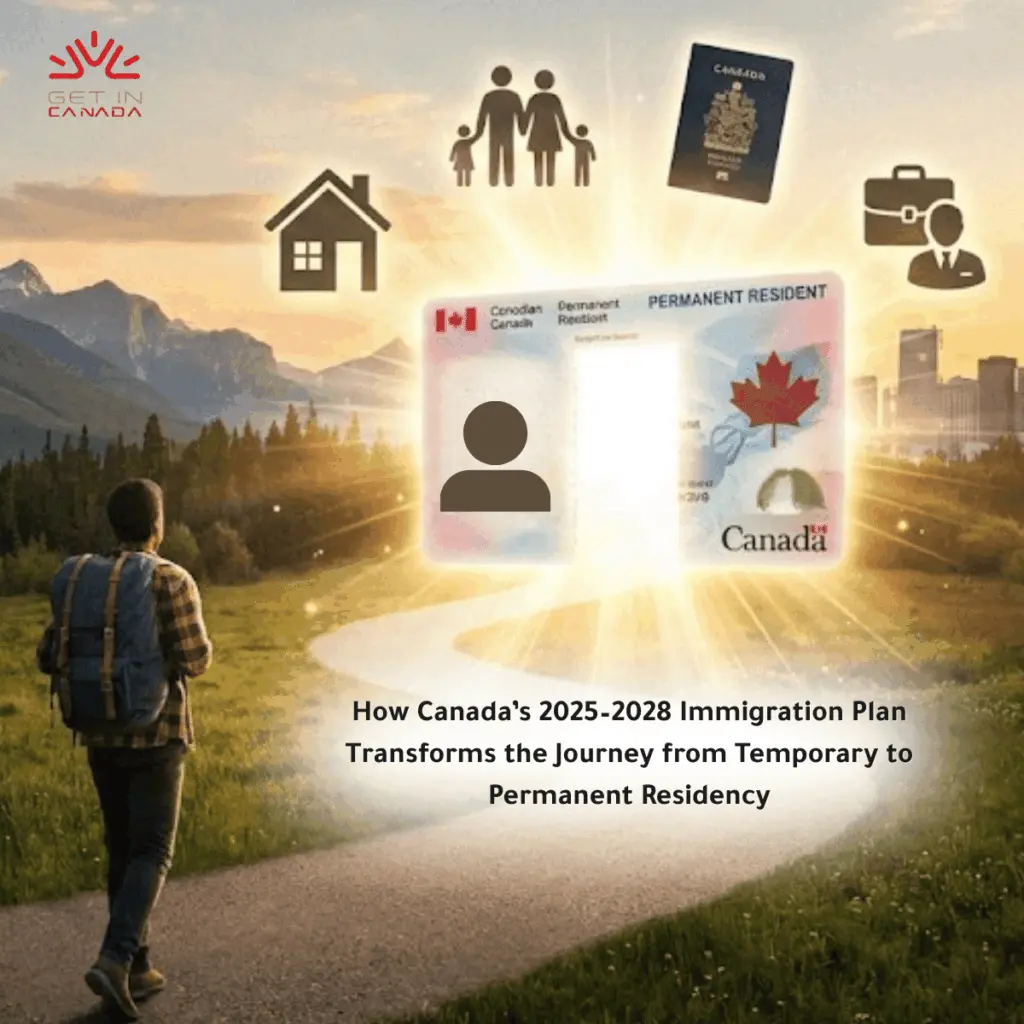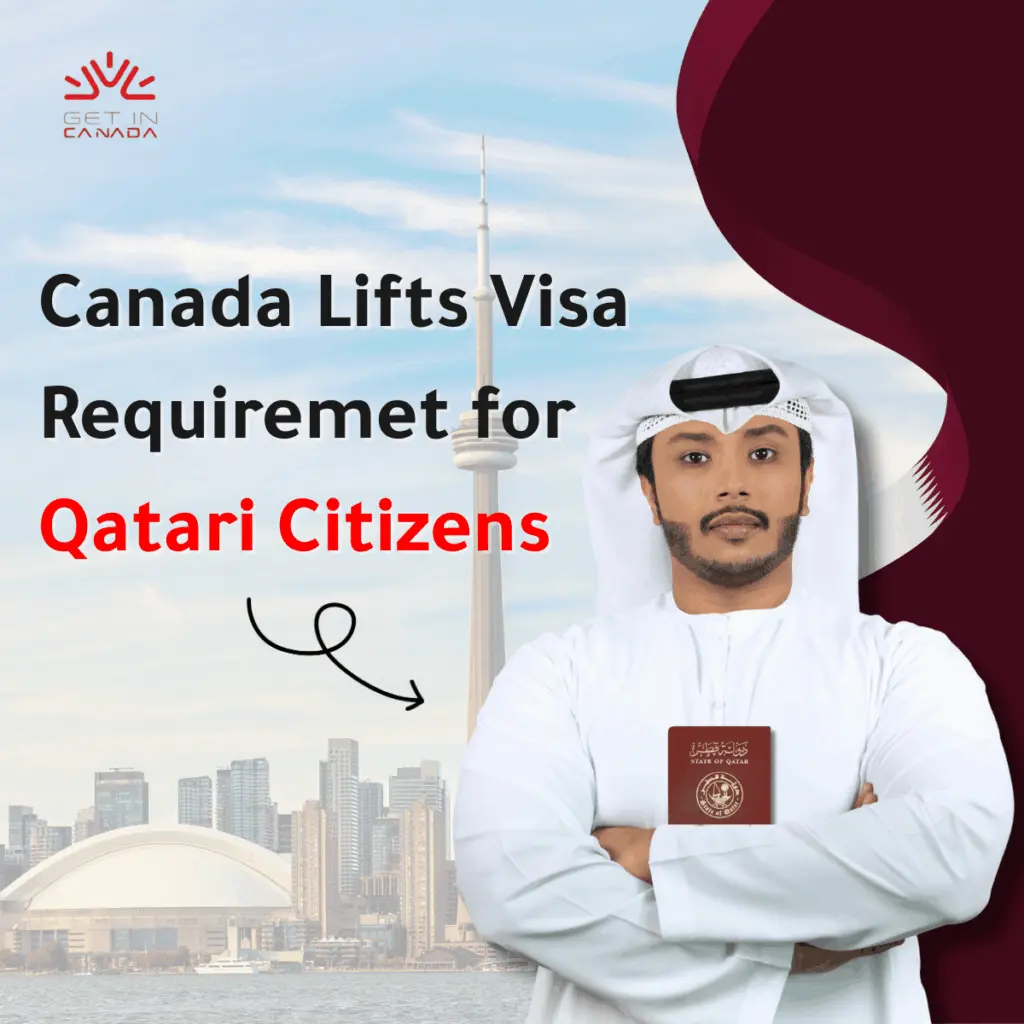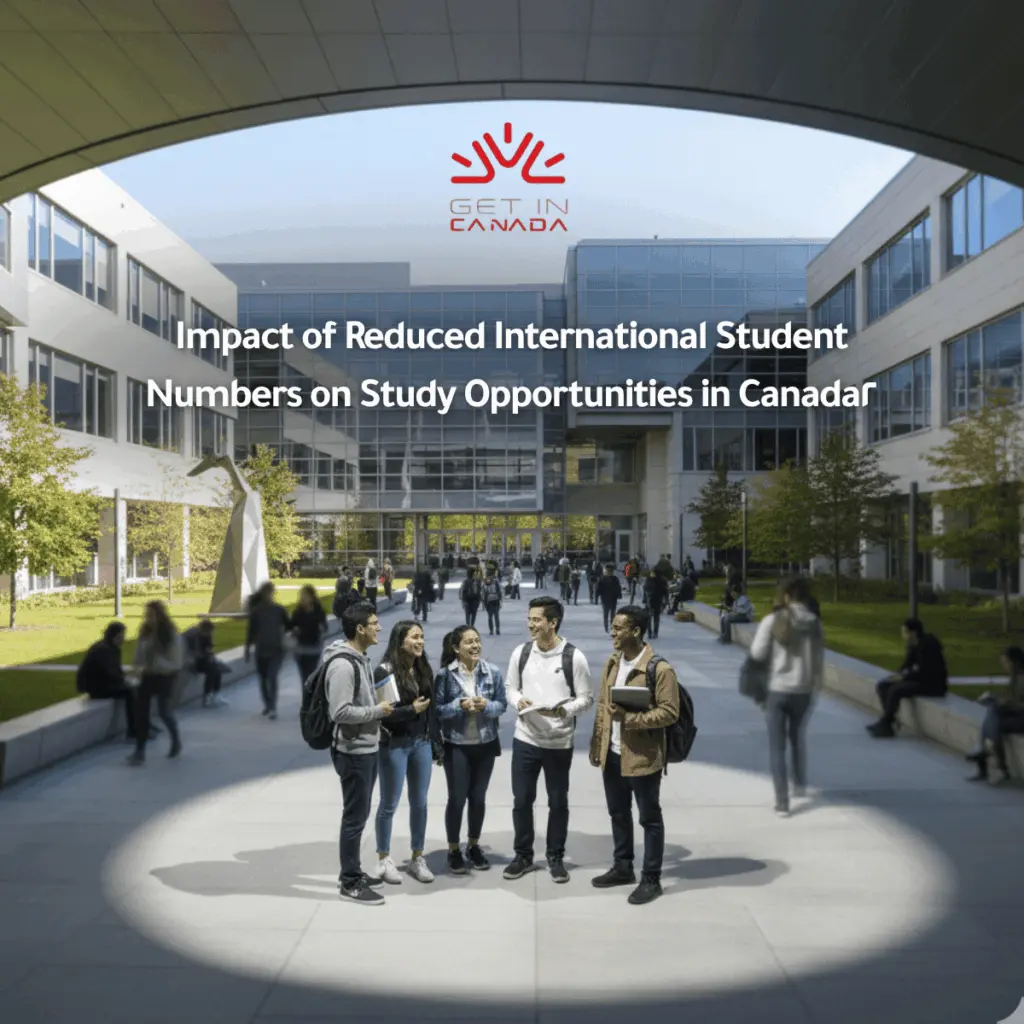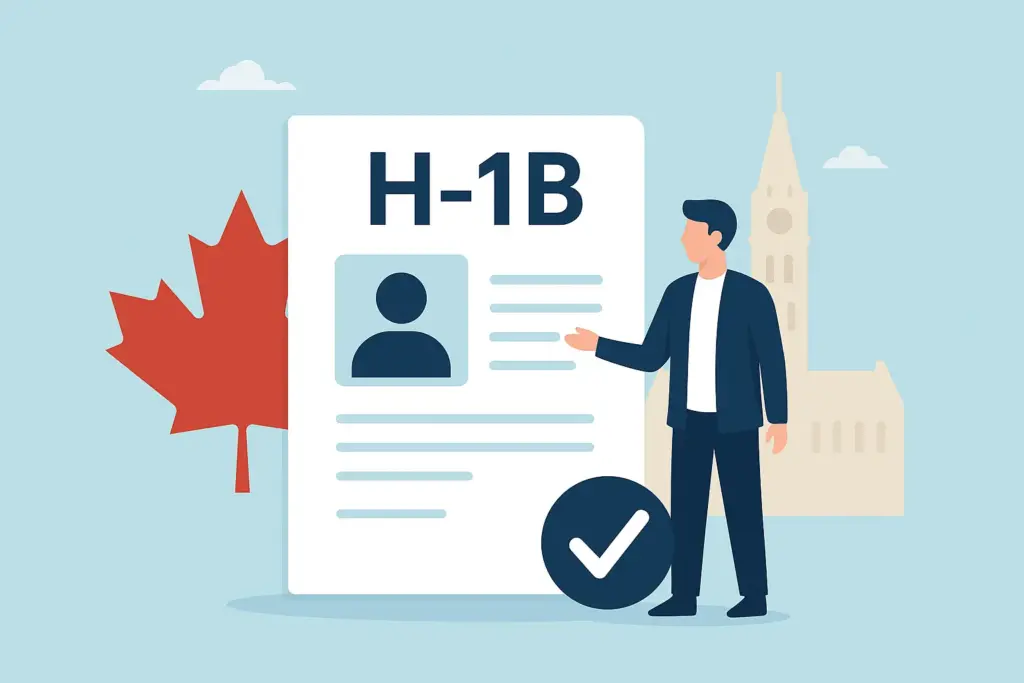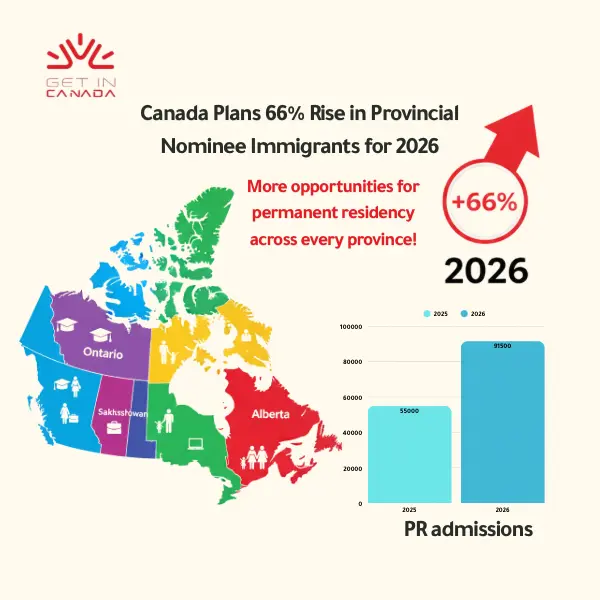Canada’s Refugee Programs Explained: What You Need to Know
Navigating Canada’s Refugee system can be challenging, especially if it’s your first time and you are unfamiliar with the process. Canada offers several programs to protect individuals seeking refugee, but understanding how to access these programs and what is required can be overwhelming.
This comprehensive guide breaks down everything you need to know about Canada’s refugee programs, from submitting a claim and accessing health care to obtaining work permits and preparing for hearings. Whether you are making a claim at a port of entry or already in Canada, this guide will help you understand the steps you need to take to ensure your application is processed smoothly and fairly.

1. Key Government Departments Involved in Refugee Claims
Three main Canadian government entities are responsible for managing refugee claims:
- Immigration, Refugees and Citizenship Canada (IRCC): IRCC assesses whether refugee claims made inside Canada are eligible to be forwarded to the Refugee Protection Division (RPD) of the Immigration and Refugee Board of Canada (IRB). Visit their website for more information: IRCC Website.
- Canada Border Services Agency (CBSA): The CBSA is in charge of evaluating refugee claims made at Canadian ports of entry, such as airports, land borders, or marine ports. The CBSA determines if these claims are eligible for referral to the Refugee Protection Division. More details can be found on the CBSA Website.
- Immigration and Refugee Board of Canada (IRB): The IRB is an independent tribunal that makes decisions on immigration and refugee matters. For more information, check the IRB Website.
Find out if you are eligible to get in Canada →
2. The Right to Legal Representation in Canada
As a refugee claimant in Canada, you have the right to legal representation throughout the claims process. This could be a lawyer or another authorized representative. However, it’s important to note that you will need to cover the cost of legal counsel unless you qualify for provincial or territorial legal aid.
3. How to Submit a Refugee Claim
There are different procedures for submitting a refugee claim based on where you are in Canada:
- At a Port of Entry (CBSA): If you arrive at a Canadian port of entry, such as an airport or land border, you can make your claim directly to a CBSA officer. If the officer cannot immediately determine the eligibility of your claim, you will receive an Acknowledgement of Claim document. This document confirms your refugee claim and provides access to the Interim Federal Health Program (IFHP) and may assist with obtaining social services.
- Inside Canada (IRCC): If you are already in Canada, you can submit your refugee claim online through the IRCC Portal. Once submitted, you will receive an Acknowledgement of Claim document, and IRCC will contact you to schedule an appointment for biometric data collection (fingerprints and photo) and an interview.
4. Access to Health Care Under the Interim Federal Health Program (IFHP)
The IFHP provides health coverage for eligible refugee claimants. To access these services, you must present your Acknowledgement of Claim or Refugee Protection Claimant Document to an IFHP-registered health care provider. The IFHP covers a range of medical services and products. Ensure the healthcare provider is registered with the IFHP before seeking services.
5. Mandatory Immigration Medical Examination
Refugee claimants in Canada are required to undergo a medical examination within 30 days of making their claim. This exam, covered by the IFHP, must be performed by an approved panel physician.
6. Applying for a Work Permit and Social Insurance Number (SIN)
To work legally in Canada, refugee claimants must obtain a work permit and a Social Insurance Number (SIN). You can request a no-fee work permit during your online refugee claim application process. Before a work permit is issued, your claim must be deemed eligible, and you must have completed your medical examination and biometrics. Once your work permit is issued, you can apply for a SIN online, by mail, or in person at a Service Canada Centre. Visit the Service Canada Website for more information.
7. Study Permits for Refugee Claimants
Refugee claimants under the age of 18 do not require a study permit to attend primary or secondary school in Canada. However, those wishing to study at the post-secondary level must obtain a study permit. This requires proof of acceptance from a designated learning institution and completion of an immigration medical exam.
If you need help with your study permit application, fill out our free assessment.
8. Biometrics and the Eligibility Interview
All refugee claimants are required to provide biometrics (fingerprints and photographs) as part of the application process. If you make your claim at a port of entry, CBSA officers will collect this information. If you submit your claim online while in Canada, you will need to visit an IRCC office for biometrics collection. Be prepared to provide proof of identity and other relevant documentation during this process.
9. Refugee Protection Claimant Document (RPCD) and Hearing Process
If your refugee claim is found to be eligible, it will be referred to the Refugee Protection Division (RPD) of the IRB, and you will receive a Refugee Protection Claimant Document (RPCD). This document serves as your primary identification and confirms your eligibility for services under the IFHP. The IRB will schedule a hearing to review your claim, and you will be notified of the date and location. Attendance at this hearing is mandatory.
10. Handling Removal Orders
Most refugee claimants receive a conditional removal order when they submit their claim. This order is not enforced unless your claim is found to be ineligible, is abandoned, or if you receive a negative decision from the RPD. If your claim is rejected, the removal order will take effect, and you must leave Canada within the specified timeframe.




